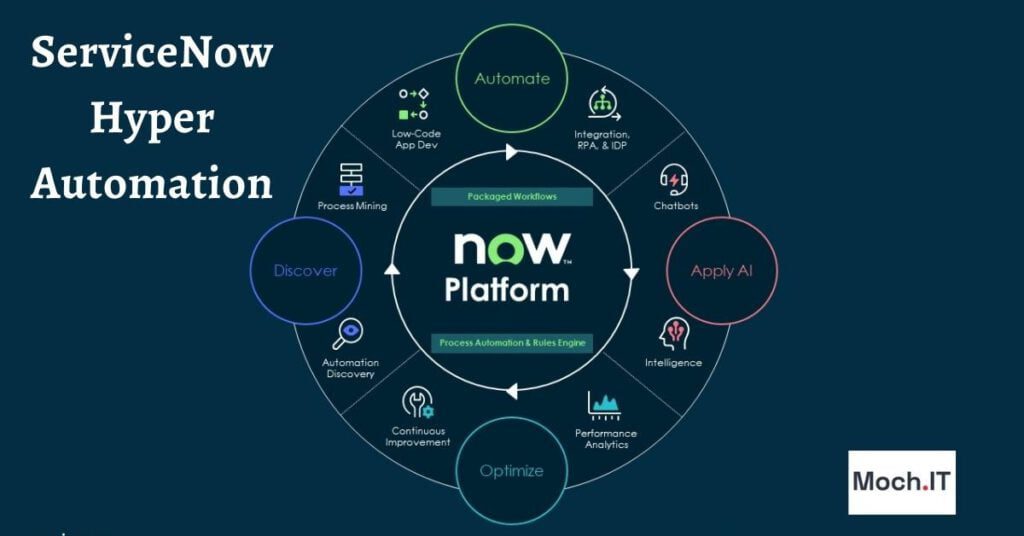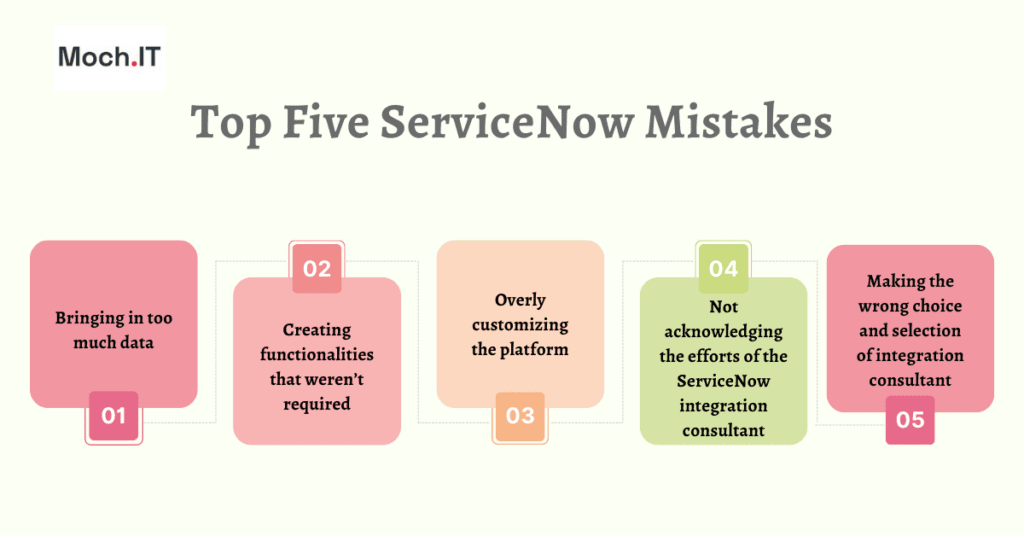The quality of the service a company provides to its customers depends heavily on its order management system. However, making the purchase procedure simple isn’t enough to guarantee a positive client experience.
It also involves ensuring that orders are delivered as quickly and effectively as possible, providing customers and agents with visibility into the order’s status, and enabling post-order support in a simple manner. Although simple in concept, there are actually many obstacles to overcome.
First, the order-taking, order-splitting, order-filling, and order-supporting processes all make use of different systems. Due to the inability of these systems to communicate with one another, additional manual steps are required to process orders in a timely way and limit any potential consequences.
Next, customers are unable to monitor the status of their orders, which increases the number of inquiries received. As a result, businesses must spend more money developing in-house solutions like applications and integrations to close the gaps.
With the help of the ServiceNow Order Management feature, you can design and launch new products and services, track and fulfill customer orders, build and publish product catalogs, set prices, and package related items together.
What Is ServiceNow Order Management in CSM?

The term “Customer Service Management,” or CSM as it is defined by ServiceNow, refers to the collaborative effort between the company’s customers and its customer service department, as well as other departments, to provide help and solve problems.
In the San Diego release, ServiceNow expanded its CSM offering to include OM (order management), and in the Tokyo release, they made even more improvements. With this update, businesses with CSM capabilities can record purchases alongside customer complaints and suggestions.
ServiceNow has always had OM, but it’s new to CSM. OM offers generic order management features, while OM: T&M focuses on the telecommunications and media industries. And one of the most influential aspects of client retention is the after-purchase experience, making post-order workflows an integral part of customer care. At the same time, services are increasingly being used as a conduit for new business, including sales, discounts, and subscription renewals.
So in a nutshell, ServiceNow Order Management is a suite of tools that helps businesses streamline their order management processes from start to finish, from taking orders to dividing them up for fulfillment to following up with customers after they’ve made a purchase.
As an extension of ServiceNow’s CSM, OM streamlines order management for customers, agents, and shipping and receiving staff. The order management includes:
- Product bundles and characteristics: Listings can be created for a variety of product types, including bundles, attributes, and customizable options.
- Product detail pages: You may build listings for a variety of product categories, such as bundles and attributes, as well as customizable options.
- Pricing listings: You can specify default list prices for products and define numerous price lists.
- Products catalog: You now have the option to define product offerings, specs, and attributes.
- Order entry: You can import orders from third-party systems using the order data model and the Order Capture API. You may also now allow agents to create and track orders through the workspace.
- Order processing: ServiceNow allows you to construct processes that automate order breakdown and order chores.
- Order management: The ServiceNow interface allows you to give customers access to order status and details.
Benefits of ServiceNow CSM Order Management Feature

Increase Revenue
Agents should be able to capture, monitor, and fulfill orders for customers. Agents should have complete visibility into order line data and tasks throughout the order lifecycle.
Increase Efficiency
Workflows can be used to create and automate order tasks, reducing fulfillment time, meeting SLAs, and lowering costs. Orders from third-party systems can be imported and fulfilled within ServiceNow. Product offerings, specs, and attributes can be defined using the product catalog.
Improve Customer Satisfaction
Allow consumers to follow order status and details, as well as file cases when they need assistance, through the customer portal or Virtual Agent, reducing customer effort, annoyance, and contact volume.
B2B Order Management
Customers can also update existing orders through pre-established workflows using the Virtual Agent. If a virtual agent is unable to help the customer with their particular issue, direct agent communication can be set up to allow for a quicker resolution.
A customer service representative can quickly change order-related components in real-time to accommodate customer requests, giving customers a seamless and simple experience that raises customer satisfaction.
B2C Order Management
By automating order activities and workflows, CSM OM enables organizations to shorten fulfillment times, achieve SLAs, and decrease costs. The total effectiveness of the agents is increased, as is customer happiness, as ServiceNow imports orders from third-party systems and fulfills them while the product catalog is used to establish product offerings, requirements, and attributes.
Quick Customer Service
After a customer has placed an order, CSM Agents are given an in-depth view of the order, including all of the line items, line item details, and order tasks. These components are also visible to the client as part of CSM’s client portal offering, giving them access to the order’s current status as well as any further information needed by the agent to finish the order.
ServiceNow CSM: Order Management Challenges
As a result of relying on ERP or legacy order management systems, companies lack transparency into customer orders, and ServiceNow does not offer horizontal order management functionality.
However, CSM lacks the order workflows associated with Telecommunications and Media. This is despite the fact that it provides a basic set of order/order line tables for importing simple orders and raising orders via order cases.
The current limitation prevents customers across industries from placing orders based on available products or installing base items as well as tracking orders and requesting updates (especially when using ERP (Enterprise Resource Planning) or legacy order management systems).
Last Lines
Customer Service Management (CSM) is described by ServiceNow as a joint response between customers, customer service, and other groups to offer assistance and address problems.
The CSM product is expanded to include Order Management (OM) with the release of San Diego and improved in the Tokyo Release. As a result of this improvement, businesses that use CSM are now able to record orders from clients in addition to problems and requests.



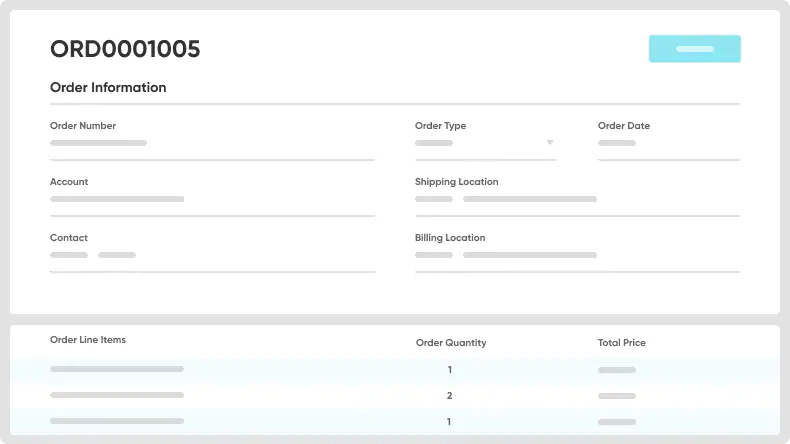
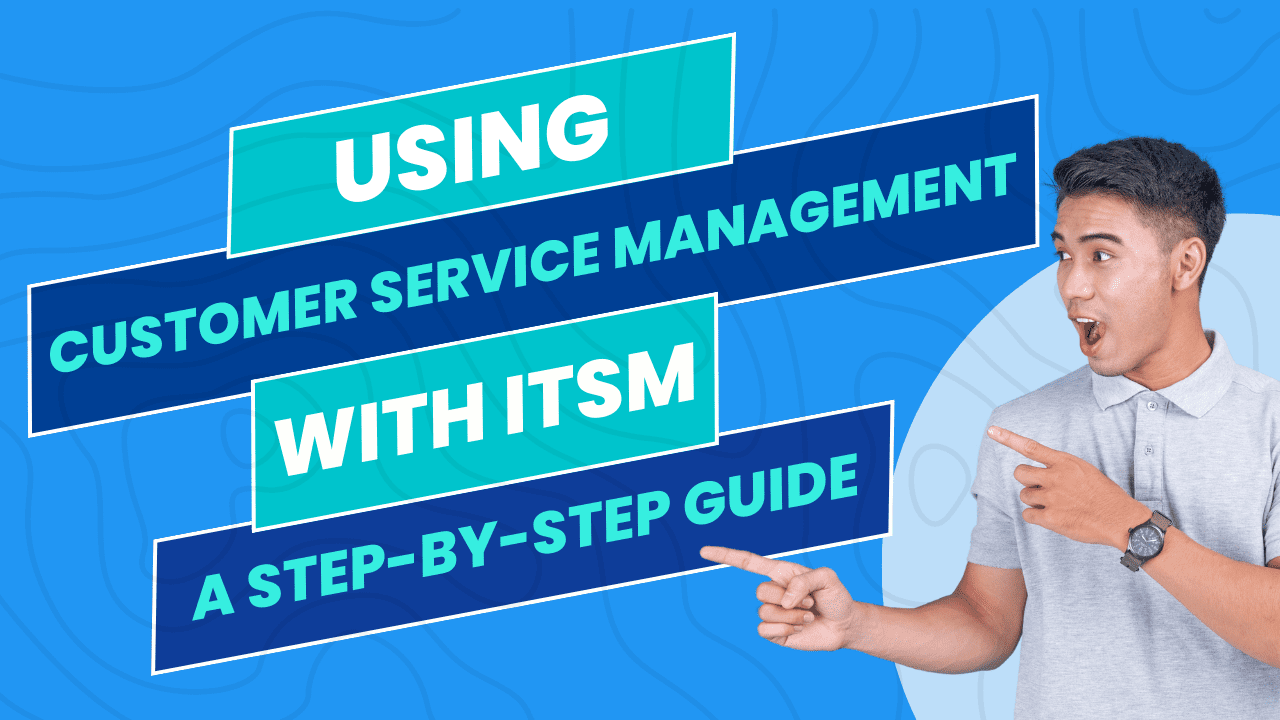

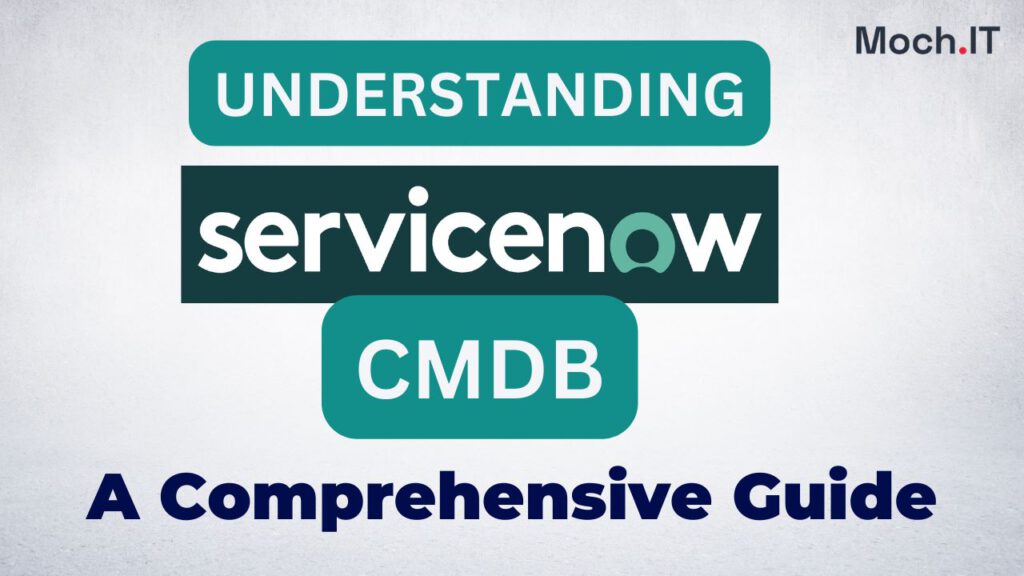
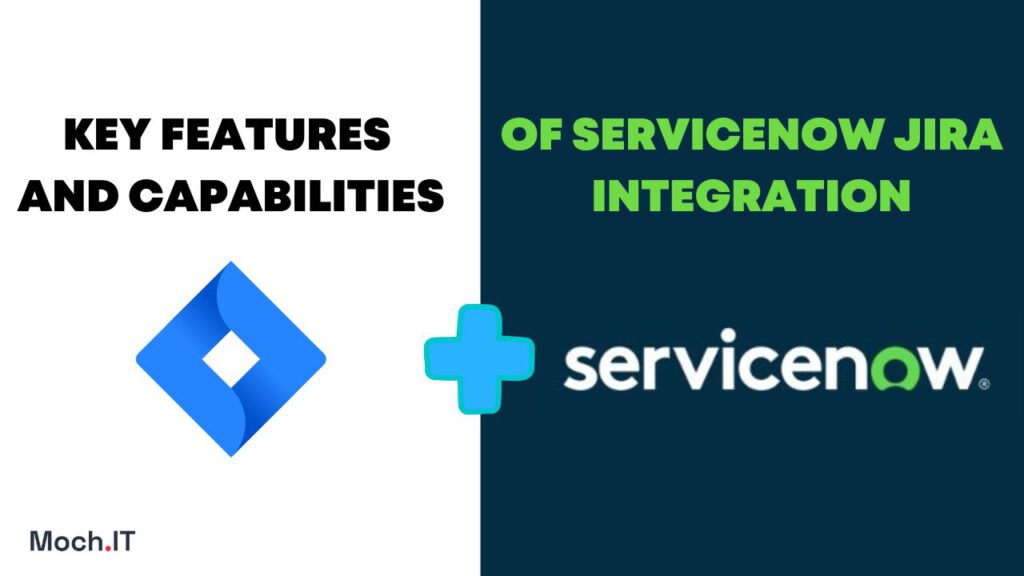
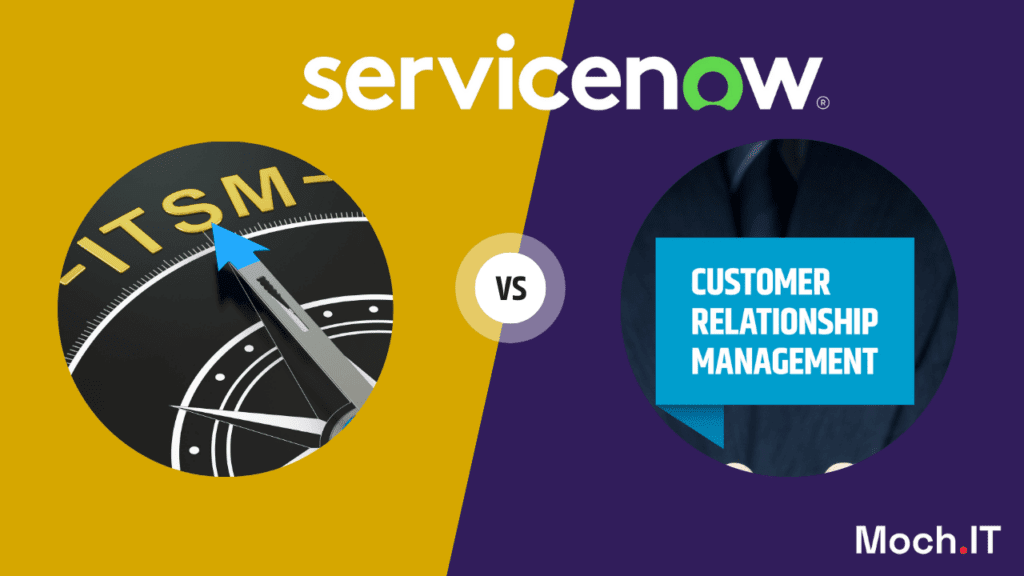


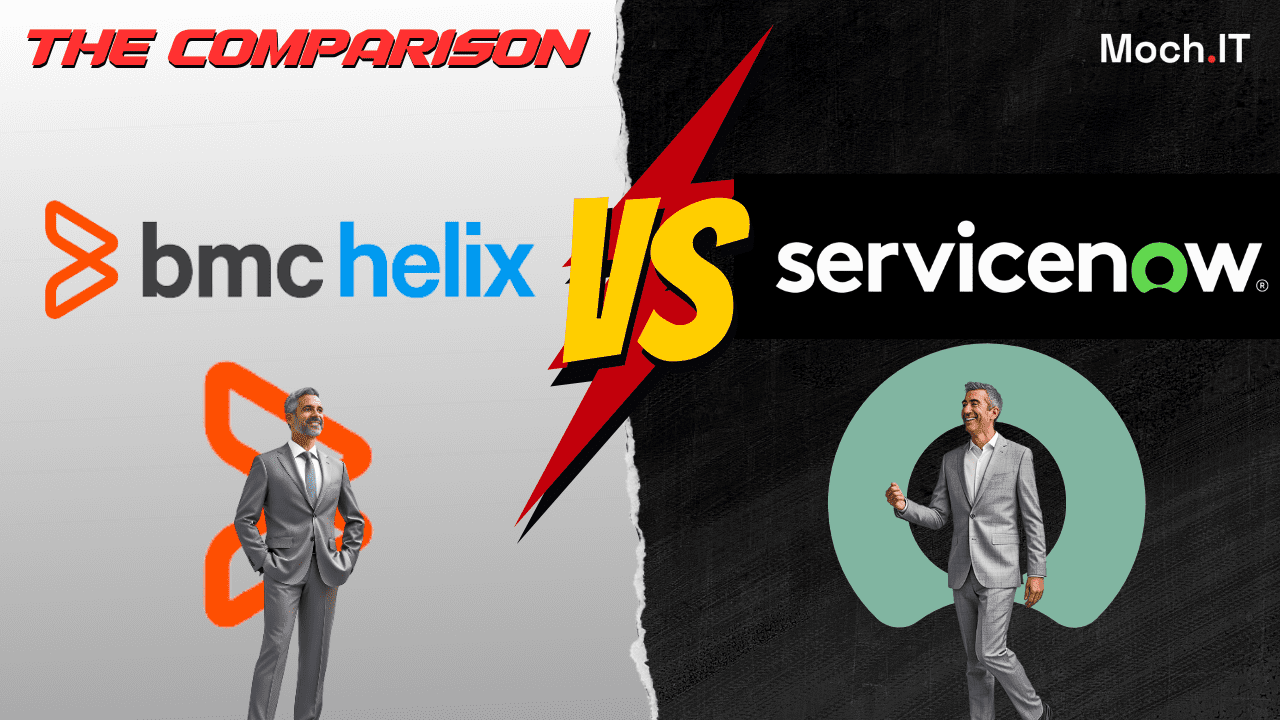


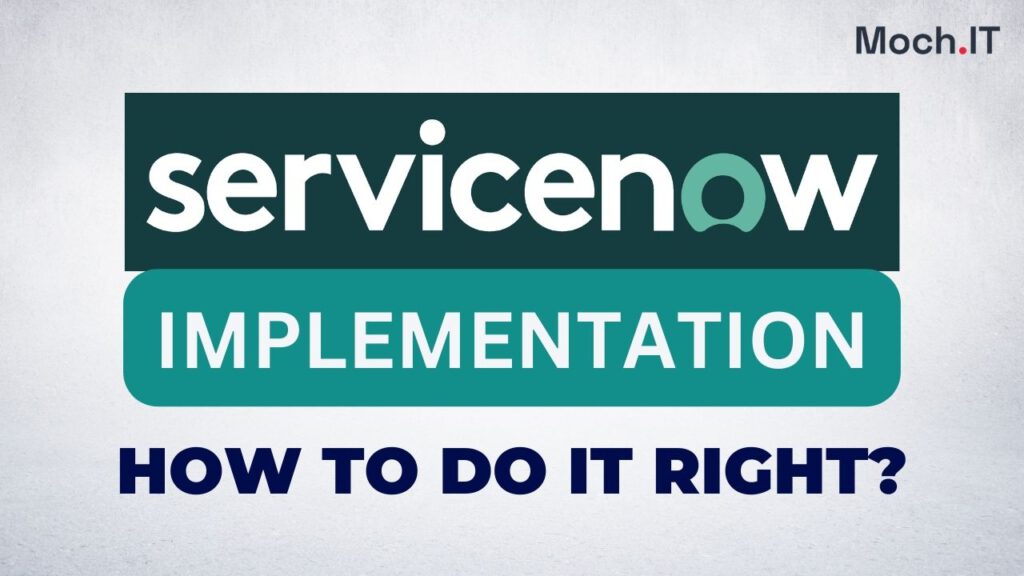


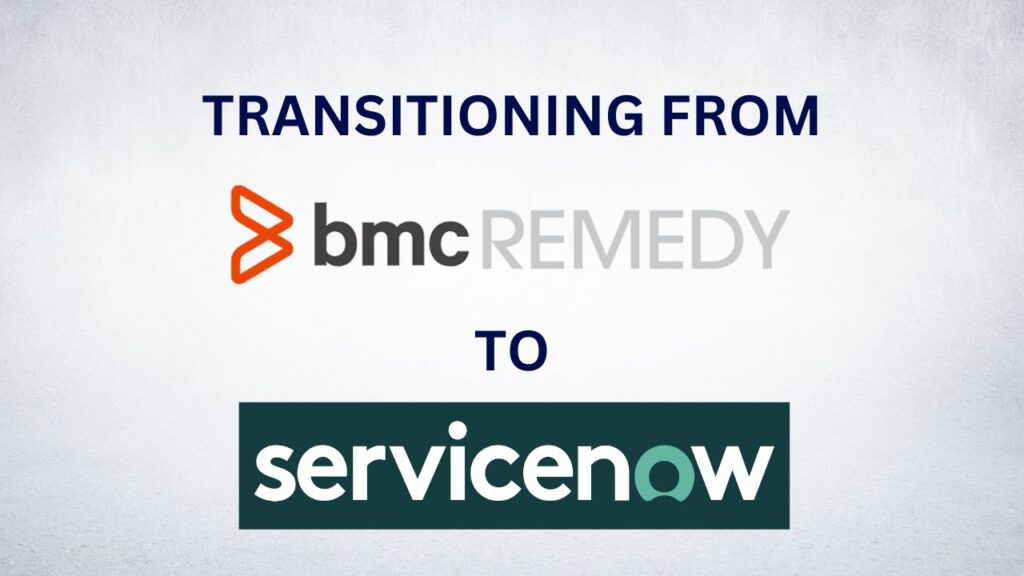






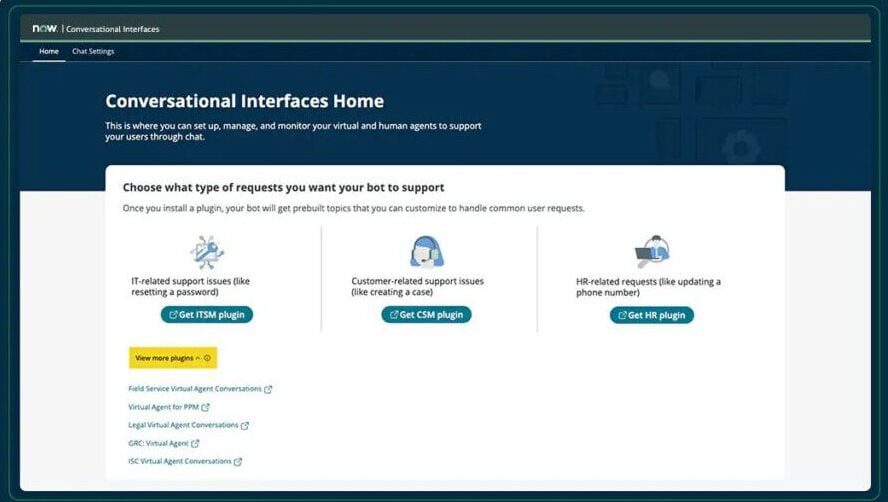

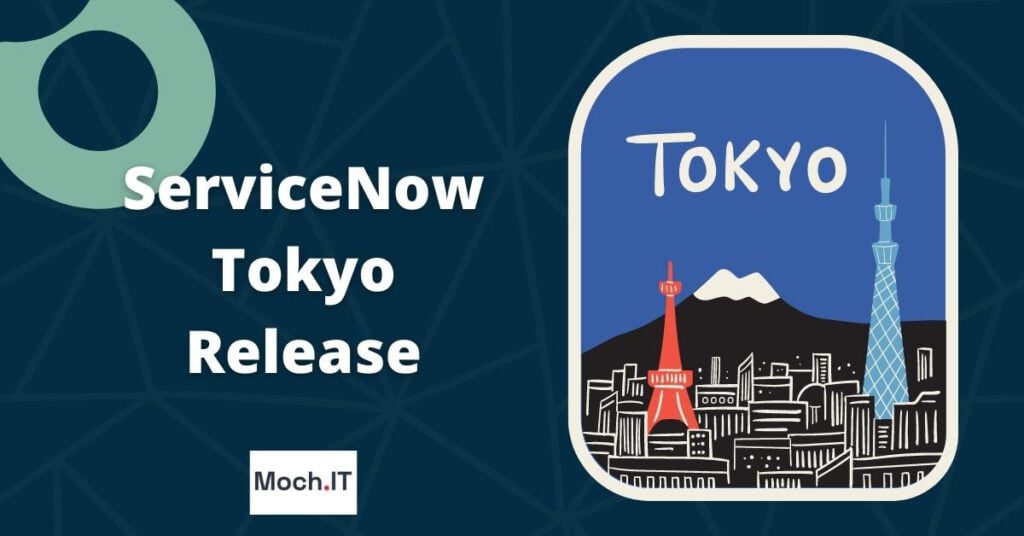
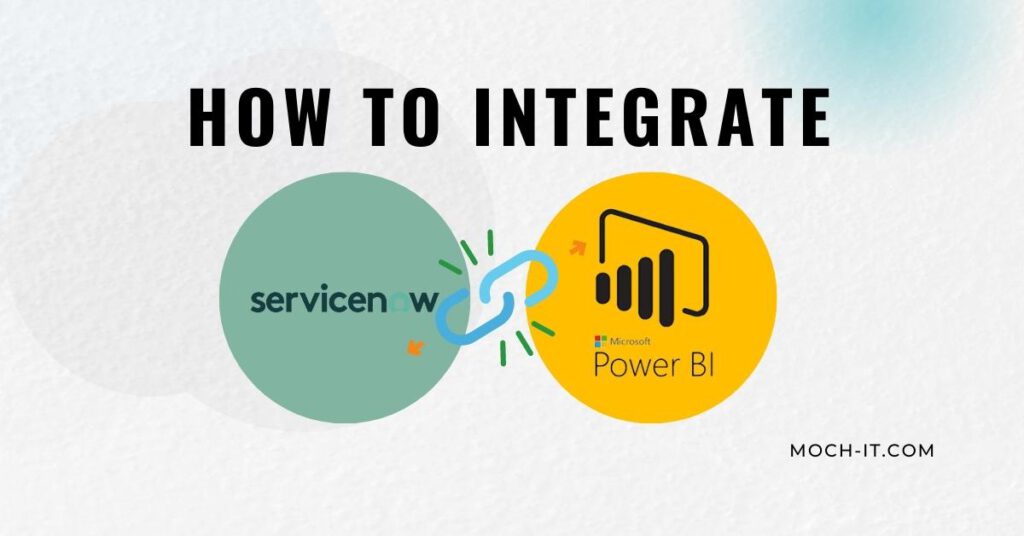

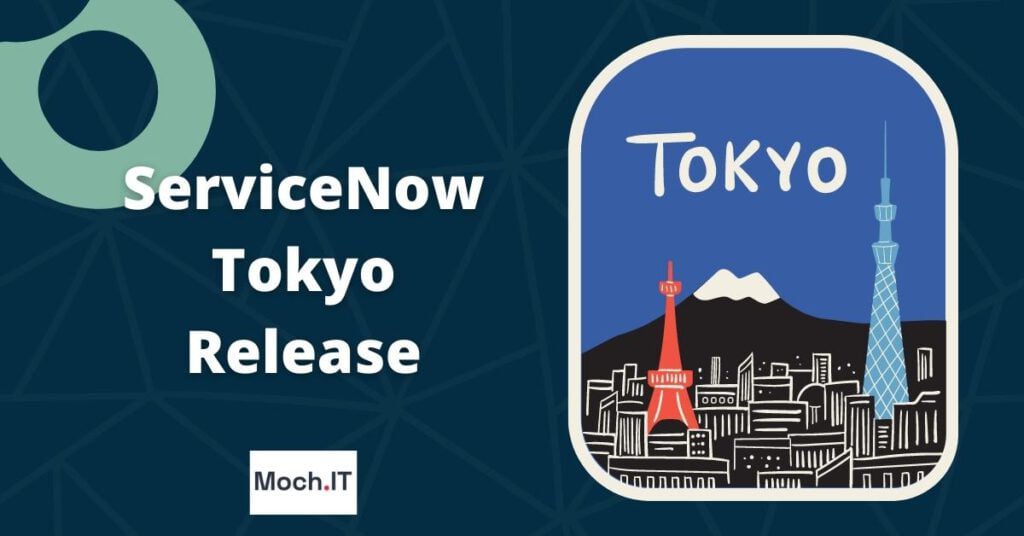

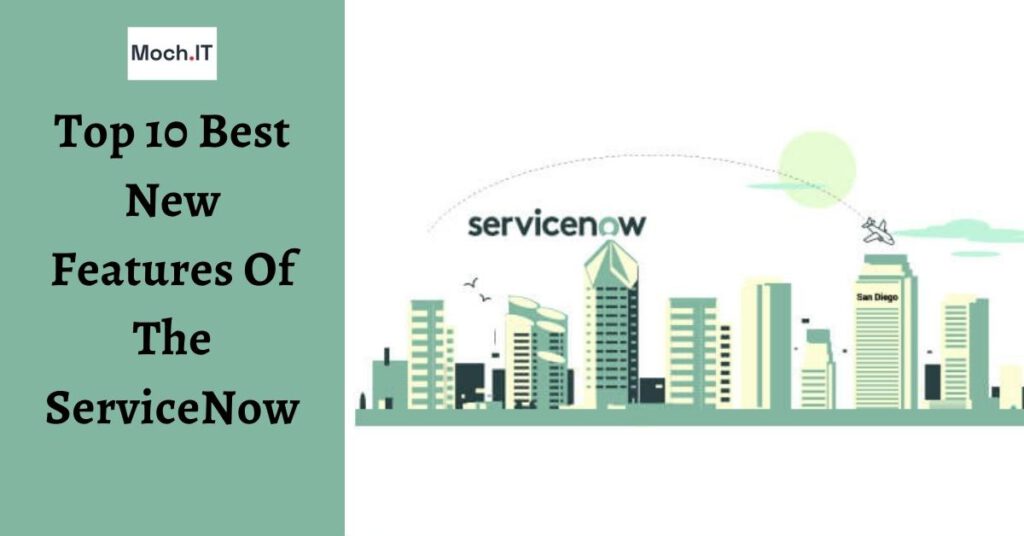
![Servicenow Latest Version: [ A Guide ]](https://moch-it.com/wp-content/uploads/2022/09/Servicenow-Latest-Version-1024x536-1.jpg)

